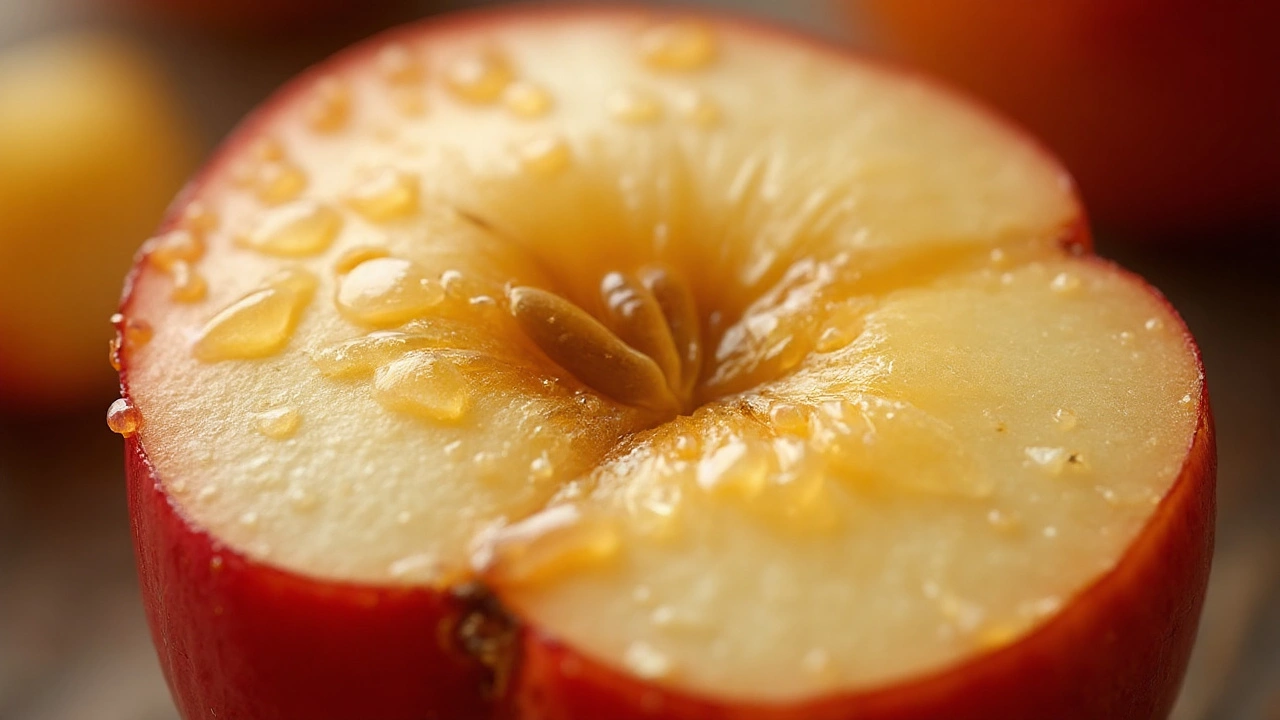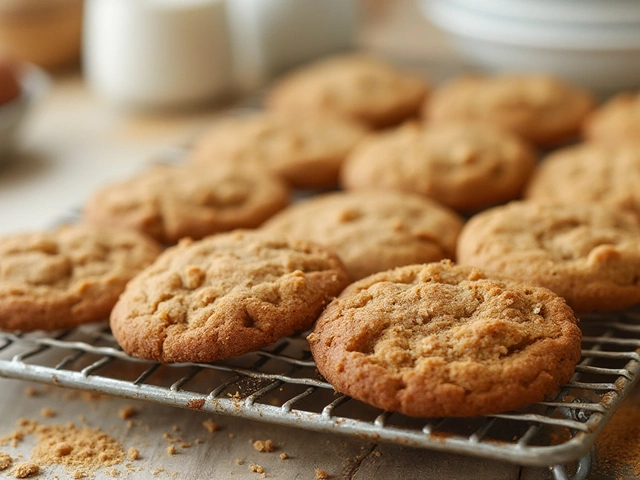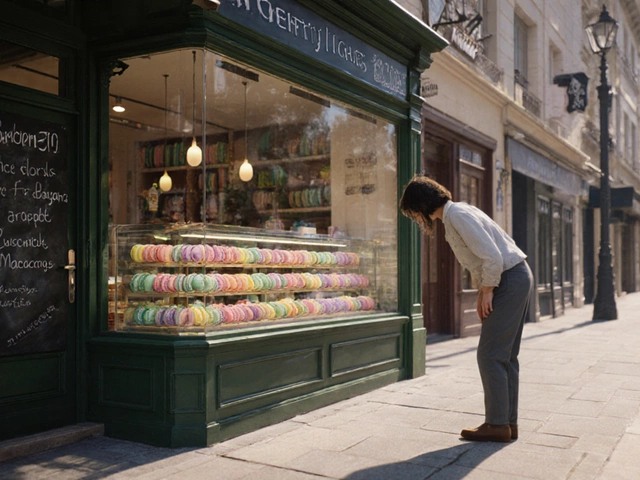Apple Wax Explained – What It Is, Why It’s Used, and How to Remove It
Ever bite into an apple and wonder why the skin feels a bit shiny? That shine comes from a thin layer of wax that growers put on the fruit. It’s not some mysterious chemical – it’s a food‑grade coating that helps the apple stay fresh, look appealing, and resist bruising. Knowing how it works and how to deal with it can make your snack safer and tastier.
Why Apples Are Coated with Wax
Apples lose moisture quickly after they’re picked. A natural wax layer slows that loss, keeping the fruit crisp longer. Most commercial apples already have a natural wax on their skin, but during packing the original wax can be rubbed off. Workers then apply an edible wax (often derived from bees, carnauba, or plant sources) to replace what’s missing. This extra coating also adds a glossy finish that attracts shoppers.
The wax doesn’t change the flavor or nutrition of the apple. It simply creates a barrier that stops oxygen and water from getting in and out too fast. That means your apples stay firm on the shelf for weeks instead of days. It also helps protect against tiny scratches that can turn into rot.
How to Safely Remove Wax at Home
If the idea of eating wax makes you uneasy, you can easily reduce or remove it before you bite. The quickest method is a good rinse with cold water and a soft brush. Scrub the apple gently for about 30 seconds, then rinse again. For extra peace of mind, soak the fruit in a solution of one part white vinegar to three parts water for a minute, then rinse thoroughly.
Peeling the apple is another option, especially if you’re making applesauce or baked dishes where the skin isn’t needed. A vegetable peeler will take off the wax along with the skin in one go. Just remember you’ll lose some fiber and nutrients that live just under the skin.
For those who love the crunch of the skin, a quick dip in a bowl of warm (not hot) water with a splash of lemon juice works well. The acidity helps break down the wax, making it easier to rinse away. Dry the apple with a clean towel before eating or storing.
No matter which method you choose, always dry the apple before putting it in the fridge. Moisture on the skin can encourage mold, undoing the protection the wax originally gave.
In short, apple wax is a harmless, food‑grade coating that keeps fruit fresh and attractive. If you prefer a wax‑free bite, a few minutes of scrubbing, a vinegar soak, or a quick peel will do the trick. Enjoy your crisp, shiny apples with confidence, knowing you’ve taken a simple step to make them just the way you like them.

Why Apples Aren’t Vegan - Hidden Animal Ingredients Explained
Discover why apples may not be vegan, learn about animal‑derived waxes, pesticides, and processing steps that affect your fruit choices.
View More




